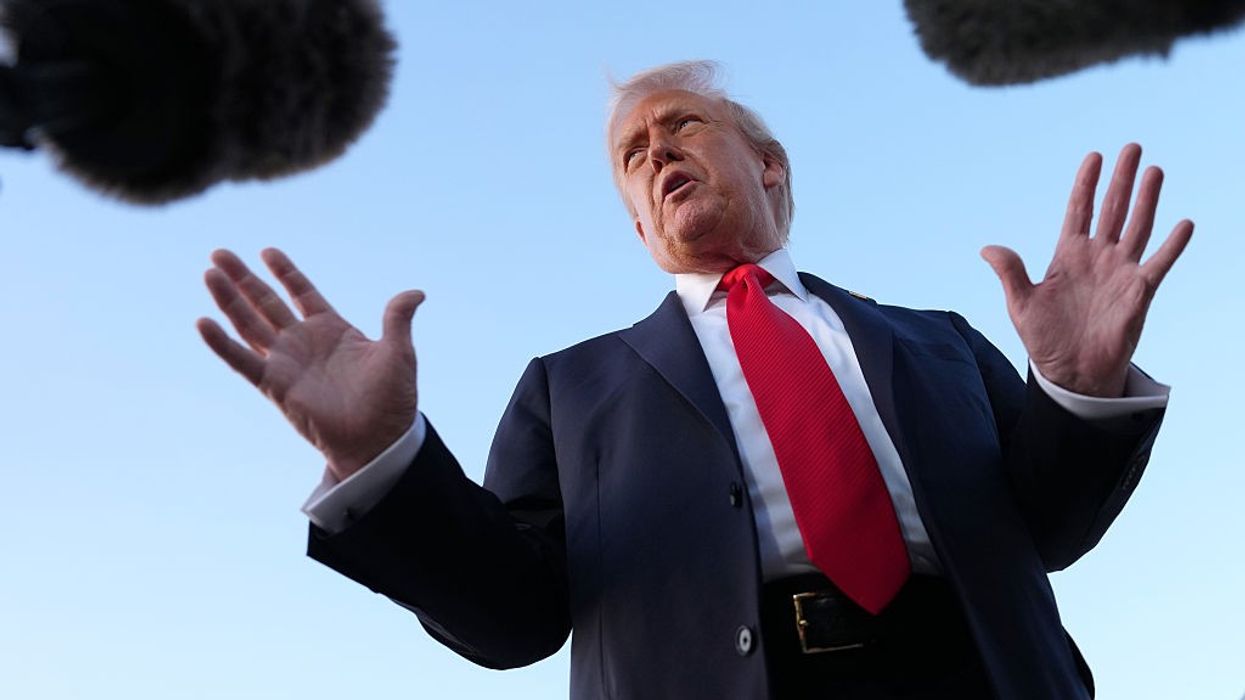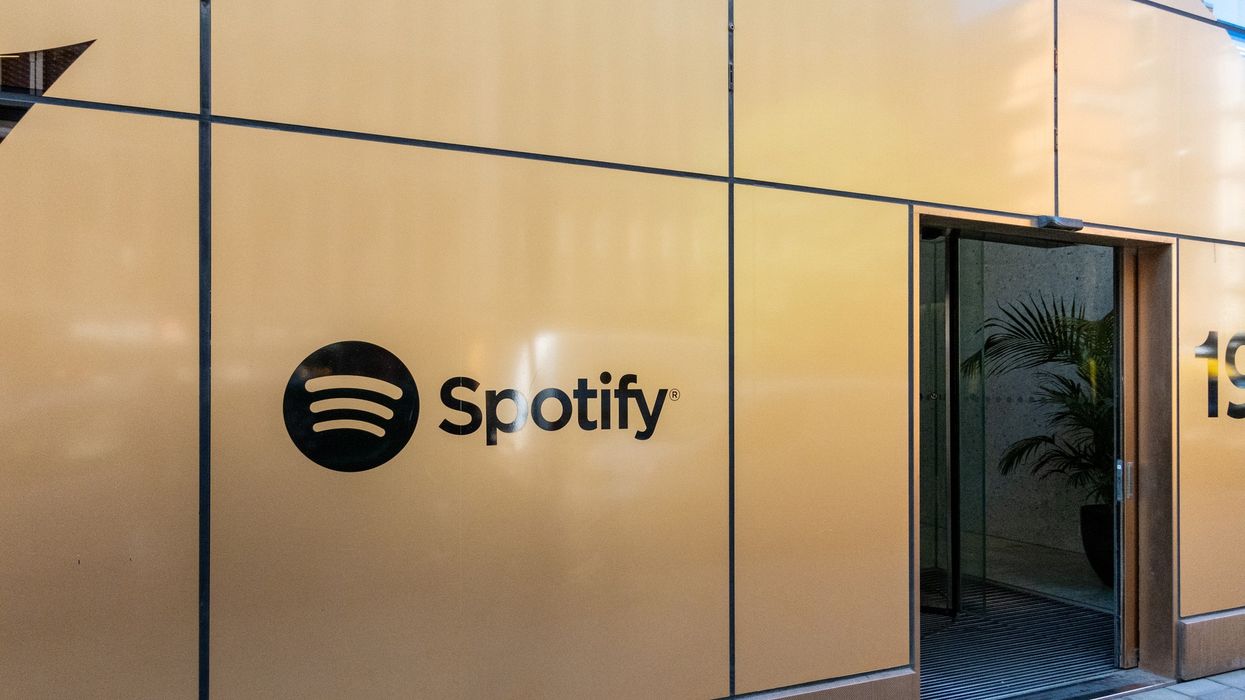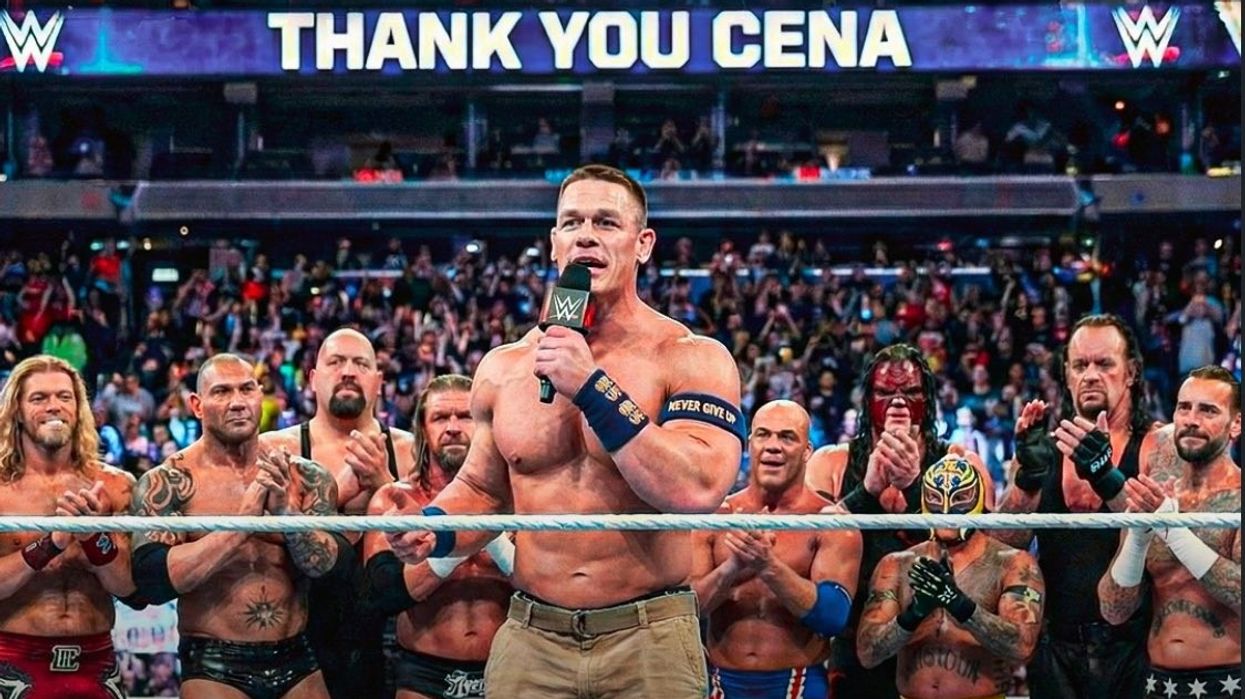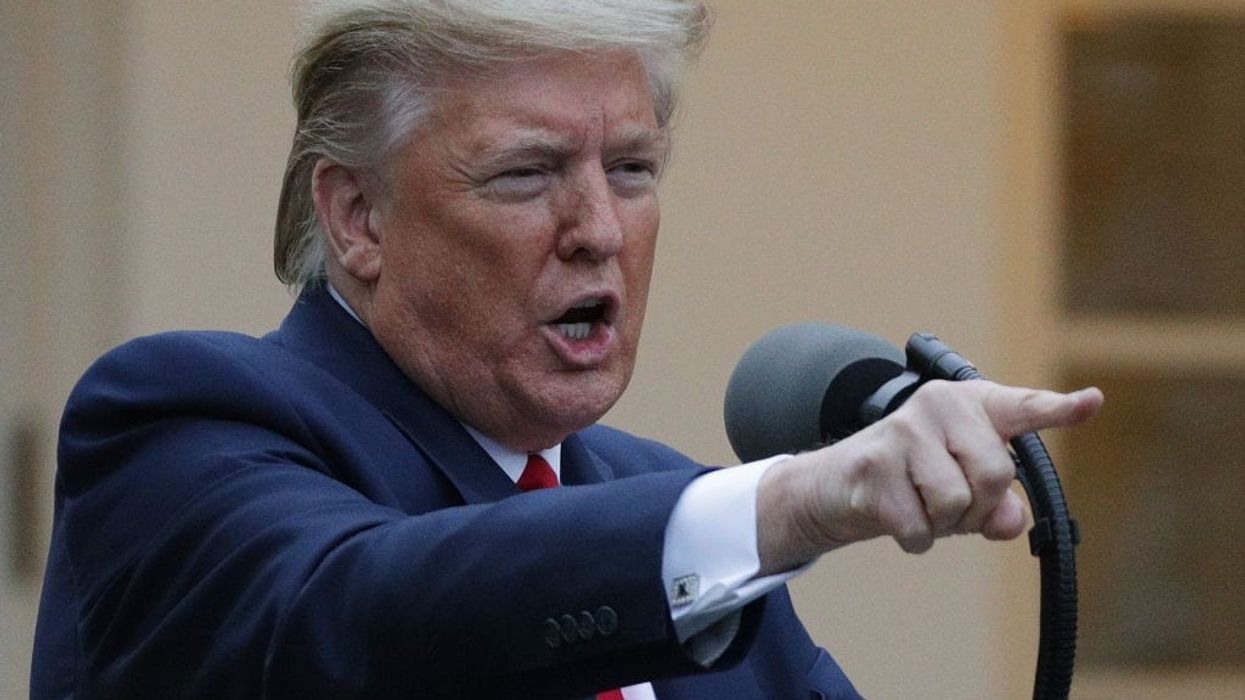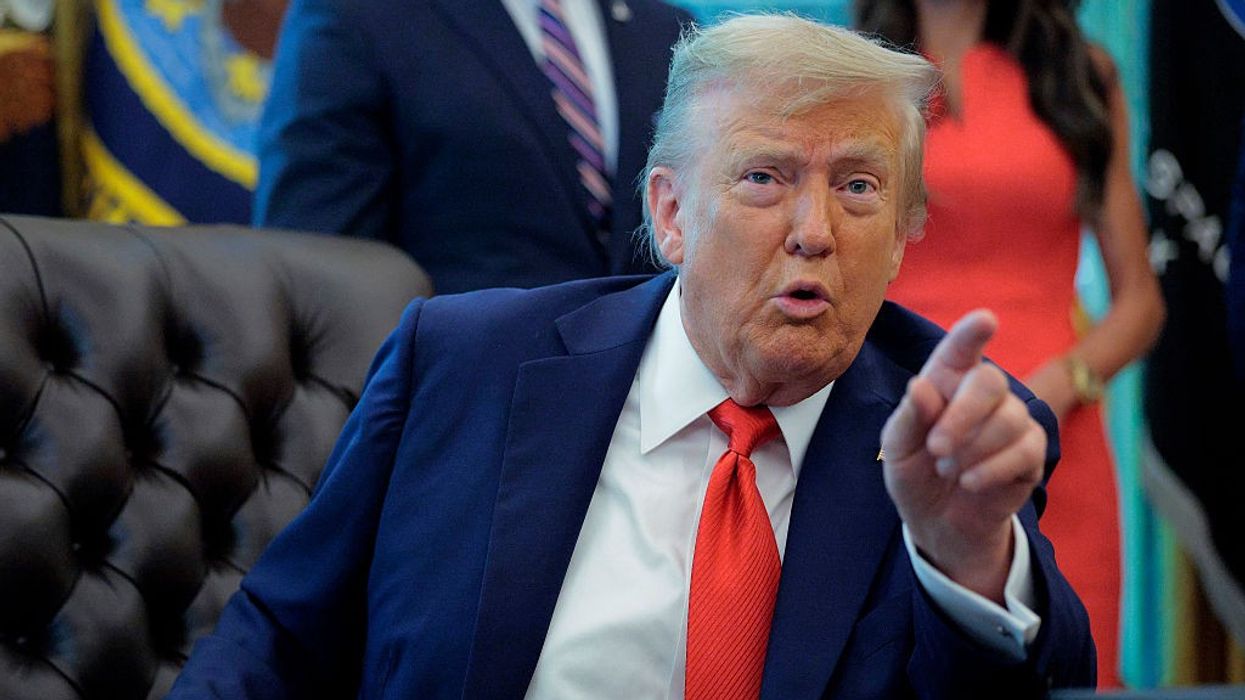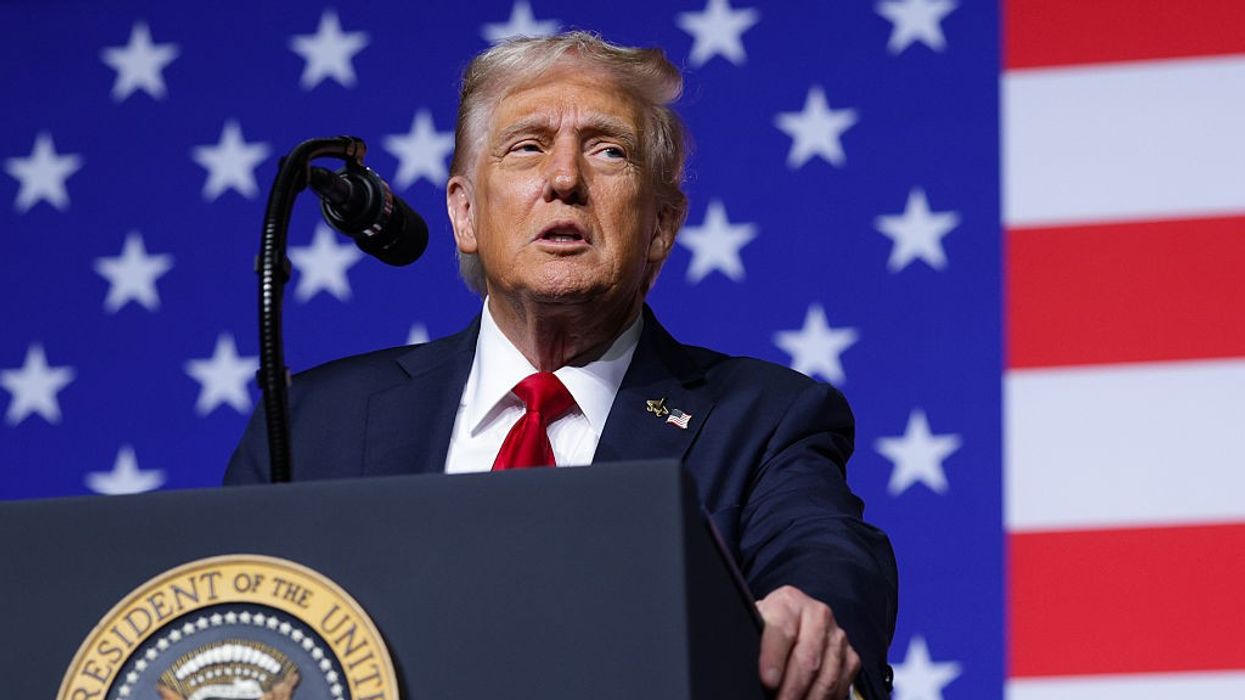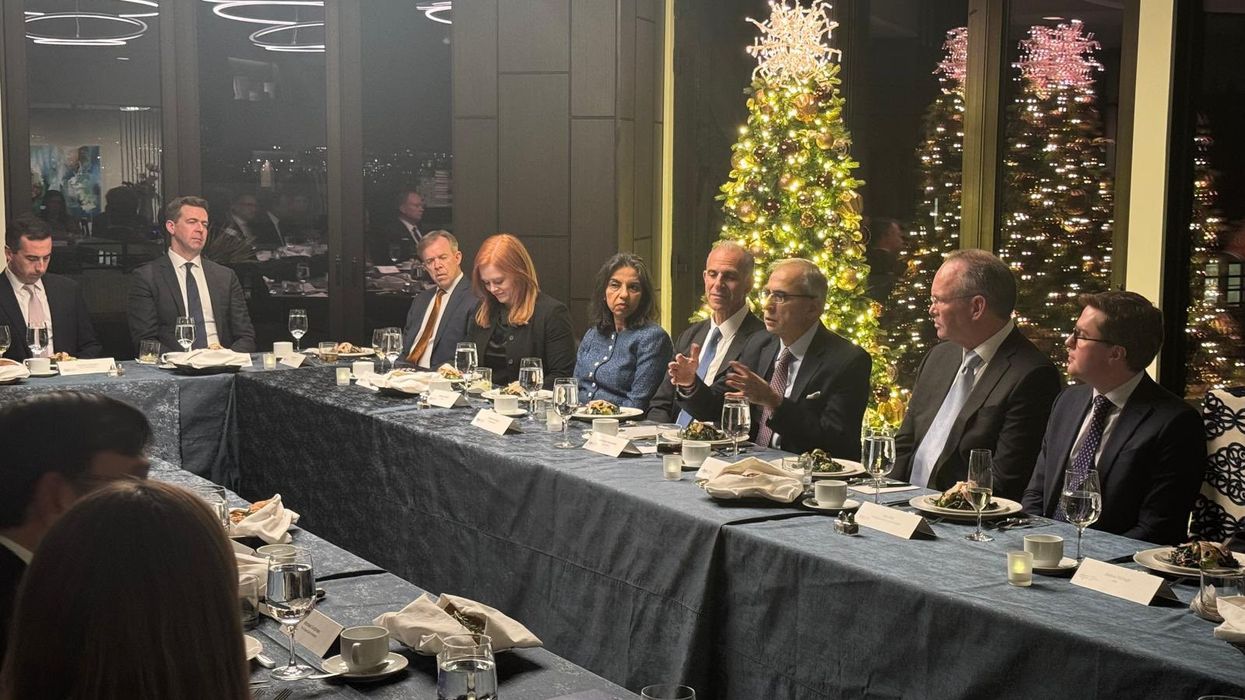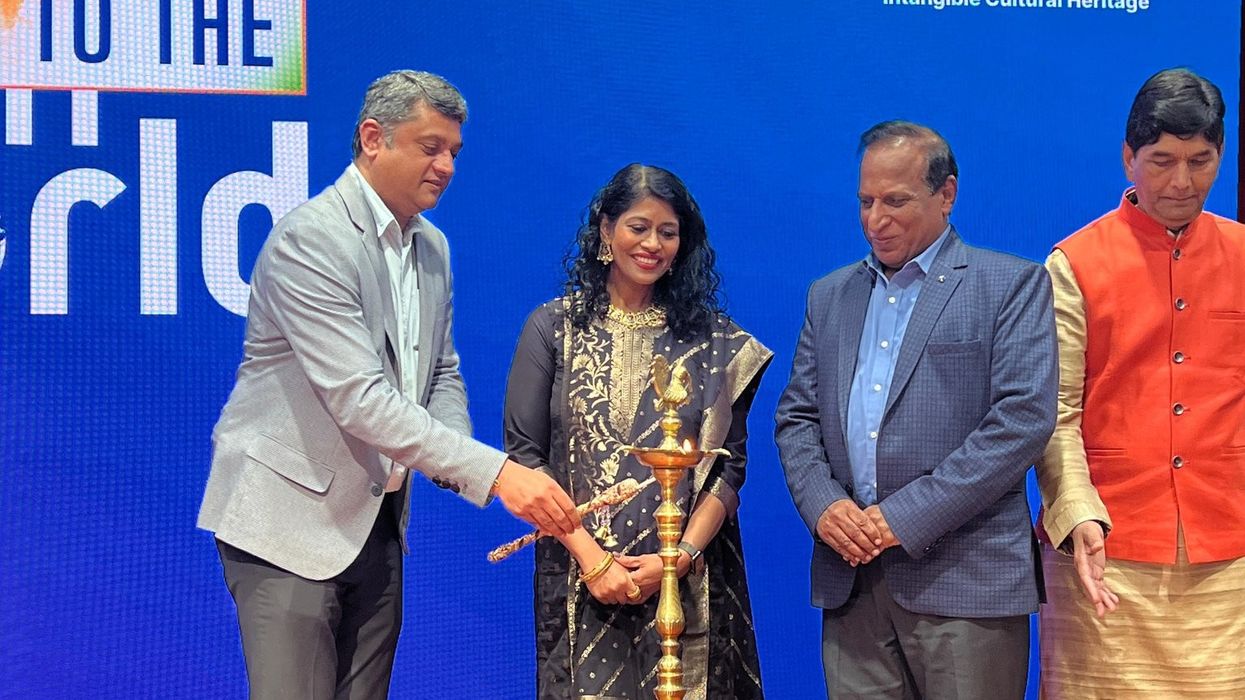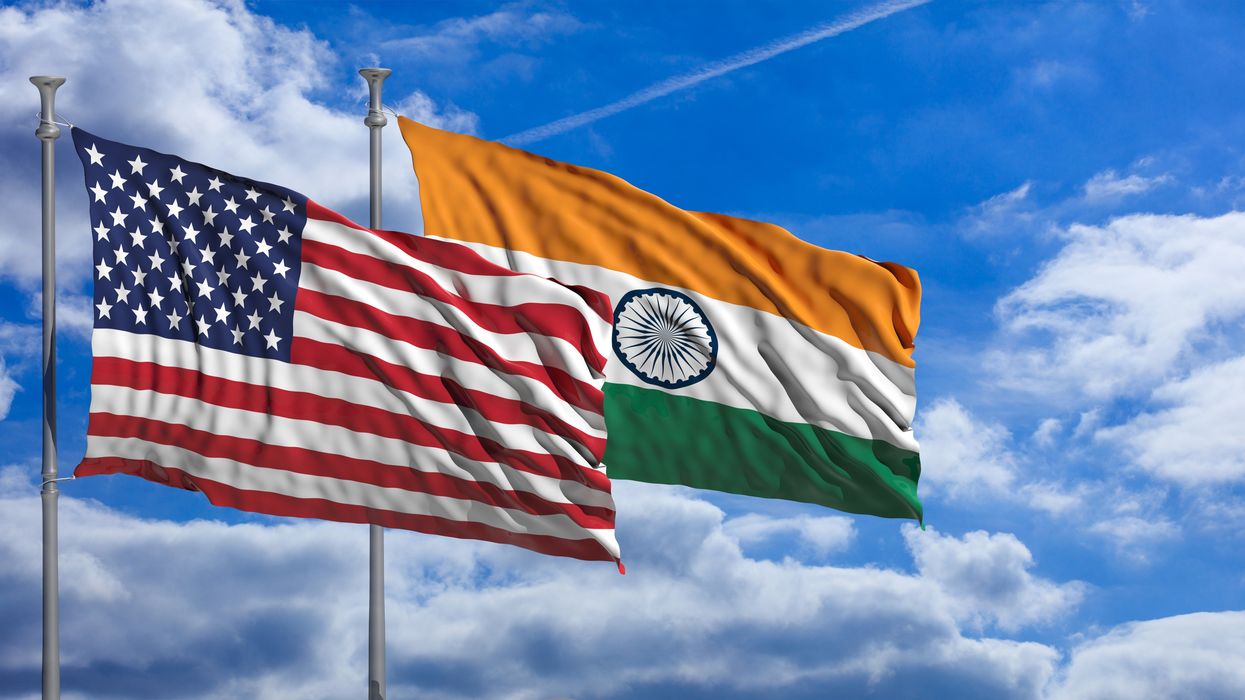Highlights:
- Trump signals softening stance on India, reviving trade deal hopes.
- Modi reaffirms India-US partnership, eyes early conclusion of talks.
- US had imposed 50 per cent tariff on Indian goods amid tensions.
- Trade talks stalled after negotiators’ visit was canceled in August.
- Key hurdle: US push for farm and dairy concessions from India.
After months of mounting tensions over tariffs, agriculture access, and India’s Russian oil imports, President Donald Trump’s softening stance on India has brought renewed optimism for a breakthrough in stalled India-US trade talks. The positive gestures from both capitals suggest deal-making momentum is building, stirring cautious optimism in diplomatic and business circles.
Tariff standoff and the roadblock
Trade negotiations between the two countries had ground to a halt in August, when the United States imposed a steep 50% tariff on Indian goods—a penalty that forced New Delhi to diversify and seek alternative export markets. At the same time, Washington called off a planned visit by trade officials to New Delhi for the sixth round of talks, citing frustration over India's continued purchase of discounted Russian crude oil. The Ministry of Commerce indicated, however, that the talks had merely been postponed and assured affected sectors that a resolution might not be far.
Tariffs weren’t the only sticking point. The debate over concessions for US farm and dairy exports—traditionally a no-go sector for India—had once again become a major obstacle, with US negotiators demanding greater market access and Indian officials wary of exposing domestic producers.
Warmer signals: Leaders set the tone
In a notable shift, President Trump recently posted on Truth Social that India and the US “are continuing negotiations to address trade barriers between the two nations.” He added, “I look forward to speaking with my very good friend, Prime Minister Modi, in the upcoming weeks. I feel certain that there will be no difficulty in coming to a successful conclusion for both of our Great Countries.” Prime Minister Modi quickly responded, “India and the US are close friends and natural partners… Our teams are working to conclude these discussions at the earliest. I am also looking forward to speaking with President Trump. We will work together to secure a brighter, more prosperous future for both our people”.
Next steps: High-level push, renewed dialogue
Sources in both capitals confirm preparations for the resumption of formal negotiations. An Indian delegation is expected to visit the US within days to address remaining trade barriers, while an American team will soon reciprocate. Ministry insiders believe the personal engagement of both leaders has motivated negotiators to push harder for mutually beneficial outcomes and to resolve technical deadlocks.
While no firm timeline for finalizing the agreement has been set, officials hope to complete the first tranche of the bilateral trade deal by October. The resumption is also expected to address Indian concerns over high tariff rates and US concerns about market access, while side deals focused on technology, defense, and energy are likely to be discussed alongside the main agreement.
Despite the recent thaw, many experts advise tempered hope. Key structural issues remain, especially regarding American access to sensitive Indian markets for agriculture and dairy products and persistent tariff tensions. Yet, the renewed warmth from both Trump and Modi, and the backchannel efforts undertaken despite public tensions, point to the resilience of the broader strategic and economic partnership.
The coming weeks will test whether high-level diplomacy and shared economic interests can bring about an elusive and impactful trade pact, strengthening one of the 21st century’s crucial bilateral relationships.
